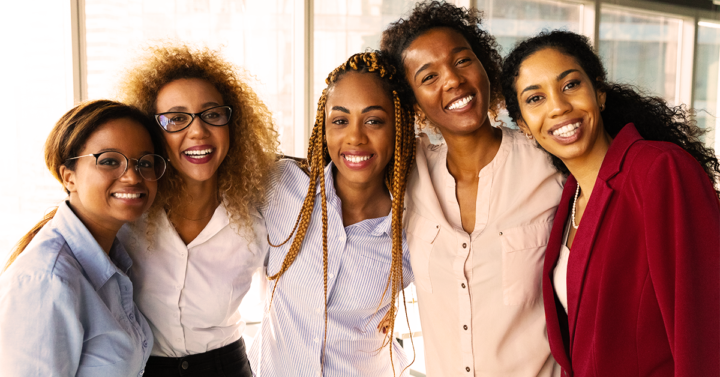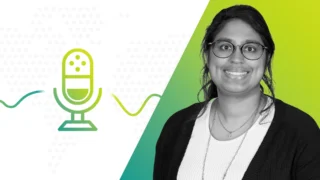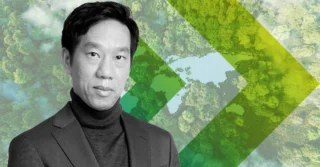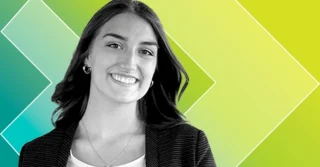
By Valérie Adelson, FCIA
The CIA is dedicated to recognizing the contributions of Canada’s Black actuaries as we move forward to address gaps in diversity, equity, and inclusion within the profession. As Black History Month comes to a close, we are proud to share an article previously published in March 2021 by Valérie Adelson, FCIA.
I cannot help but think about the meaning of being a black woman in corporate Canada. For years, I participated in women’s initiatives that were meant for us to openly discuss our challenges, insecurities, frustrations and aspirations. They provided us with a safe environment where we would unapologetically be ourselves. What happened in these meetings stayed in these meetings… Today, as we continue to discuss Diversity, Equity & Inclusion (“DE&I”), I wonder if corporate Canada is open to the fact that people of similar skin color or cultural background may have that need to regroup, every now and then, to feel equipped enough in the outside world.
For years, I have stopped myself from joining a black professional organization due to my fear of judgement. I was afraid of being labeled a certain way. I was afraid it would convey the wrong message, that I would not be diverse enough in my networking. I had a core belief that the more comfortable I was with people who did not look like me and, could prove it, the more acceptable I would be to society. While being comfortable in diverse environments remains a clear advantage, I today realize that I somehow lost my own identity by trying to fit into one that was not mine.
For the past months, for the first time in my life, I started regularly attending black professionals meetings. One of the groups that I am now part of is solely formed of black women. Similar to the women’s initiatives I used to attend, it is a safe environment where we can unapologetically be ourselves. “New” irritants such as code switching are being discussed. As compared to the standard women’s initiatives, a new layer of complexity appeared from our conversations. Not only do we face the usual challenges faced by women but in addition, we have to constantly adjust the “volume” of our blackness.
By blackness, I mean the tone of our voice, our choice of words, our hairstyles and our wardrobe choices when it comes to cover our bodies shaped by our genetic heritage. Over time, we become used to making unconscious decisions on how to show up to society while often dimming our light. That constant code switching becomes exhausting even though it is unconscious. Each decision to adjust that volume of blackness deviates us from our identity.
My personal DE&I journey starts with going back to my roots, becoming inclusive of people who look like me so I can then be different enough to be a real part of diversity. I’m looking forward to the day when I will feel comfortable telling people that I am not available because I have my “Black Girls Chat” meeting. I have to own my singularity so I can then share it and thus become a meaningful part of the DE&I conversation.
While we want to become one big cohesive group, we need space among ourselves to gather our thoughts, make sense of our emotions and then feel equipped enough to face the world.
With the goal of creating a diverse, equitable and inclusive environment, we have to accept that a form of division is sometimes necessary to allow us to then regroup as a whole. In this beautiful equation of DE&I, let’s not forget this form of required division before adding the components of diversity to then multiply the results. After all, we are all looking for the right answer!
The more I think about this equation that initially seemed complicated, the more I realize that the solution is HUMAN BEING. While we focus on the different DE&I initiatives, let’s not forget that behind the data, behind all the research, the articles and the strategies, there are HUMAN BEINGS seeking their own identity in this complex society. Let’s not pigeonhole people into prefabricated molds, let’s have conversations with them (us) to better understand what truly matters to them (us).
This article reflects the opinion of the author and does not represent an official statement of the CIA.





